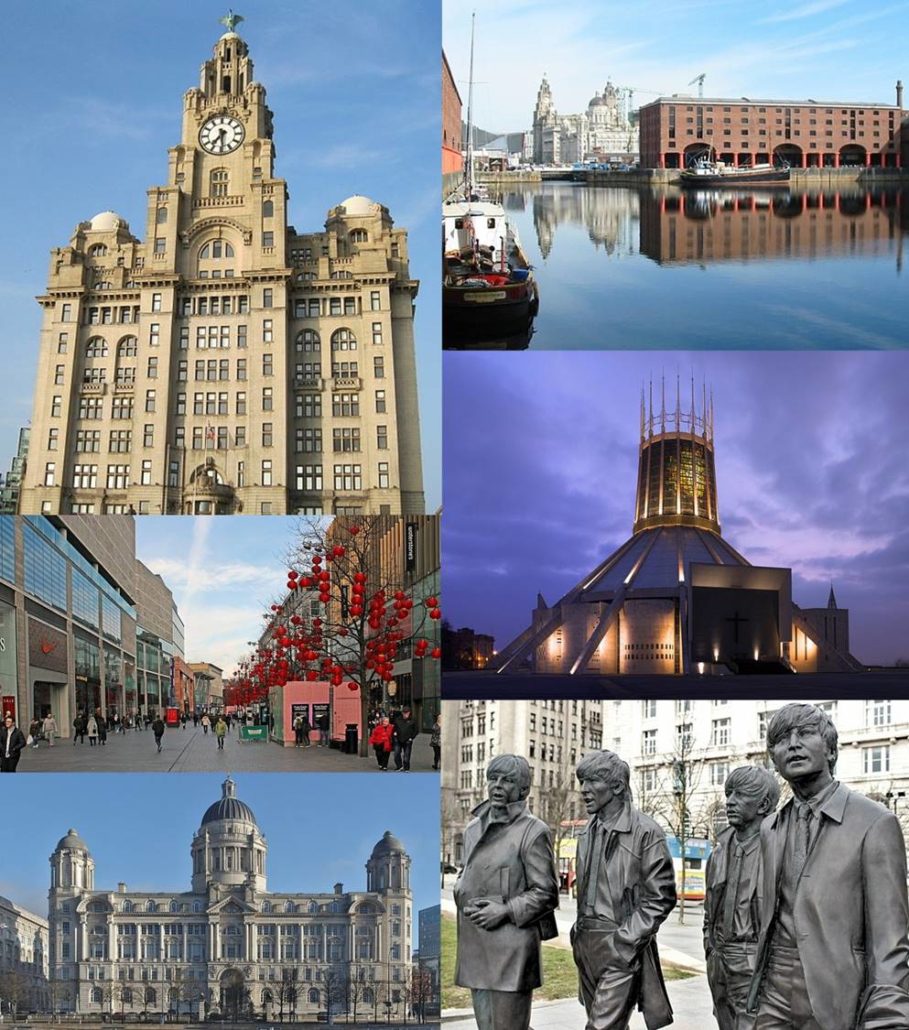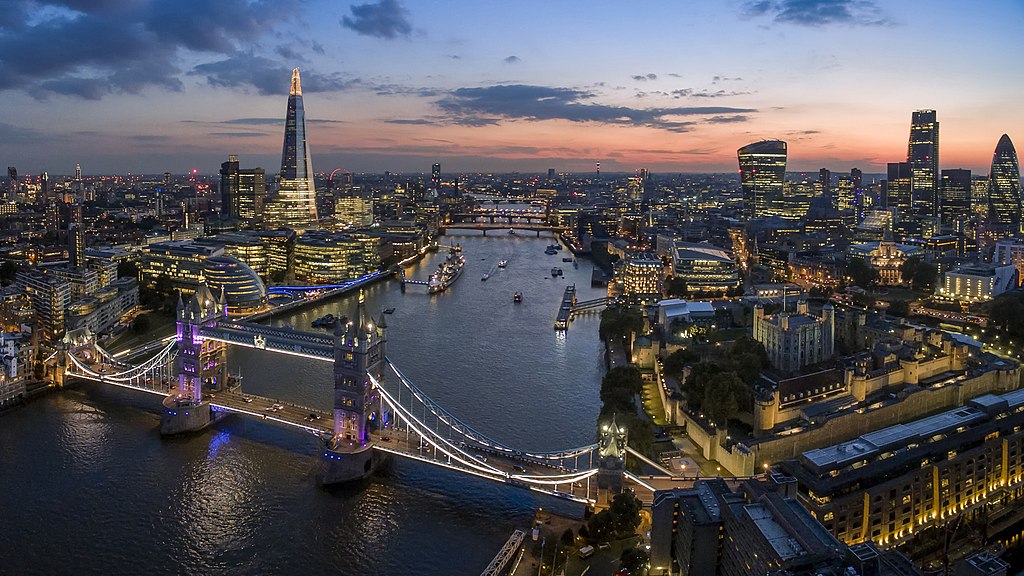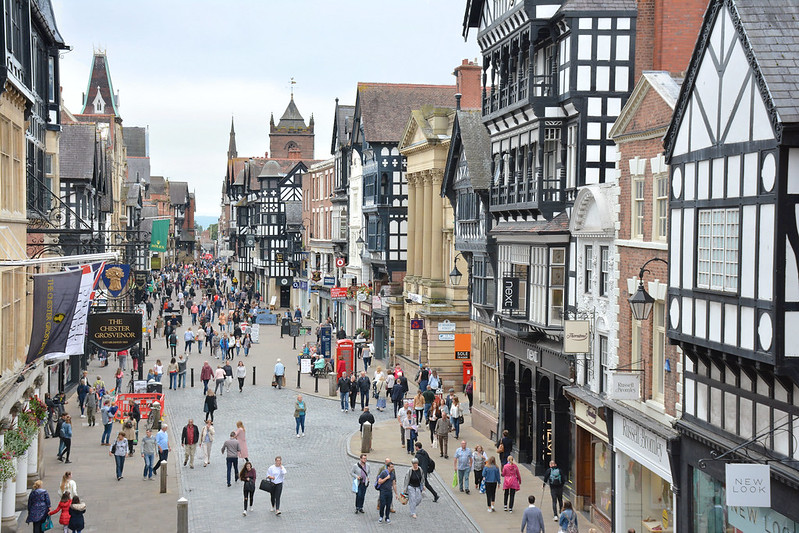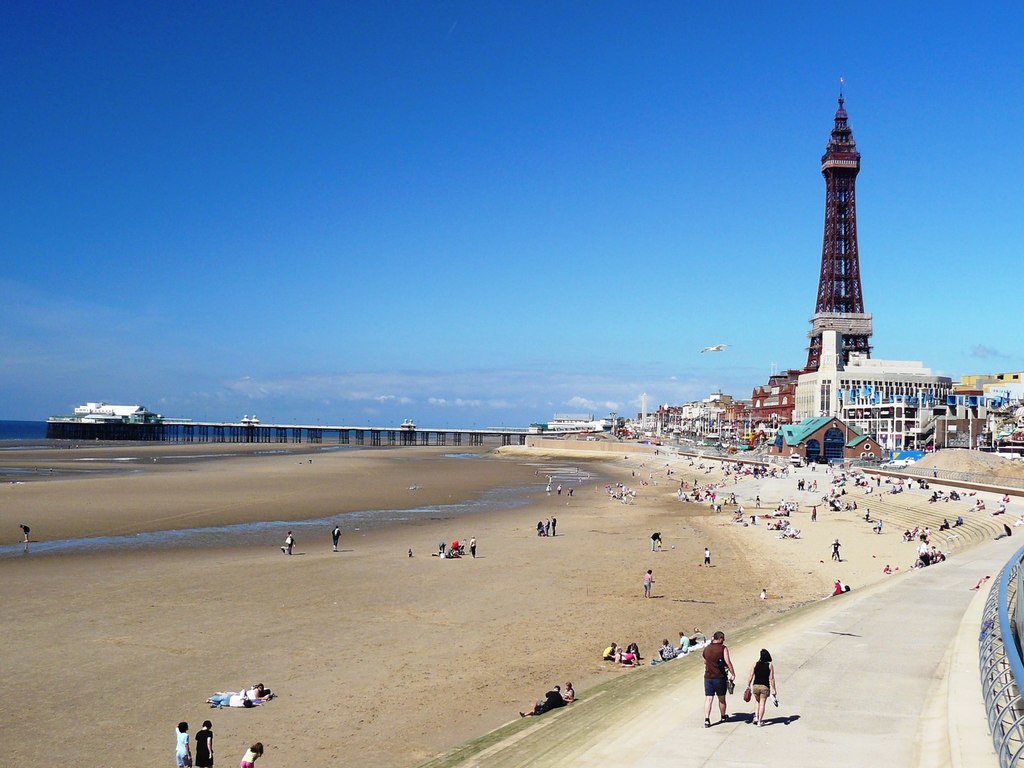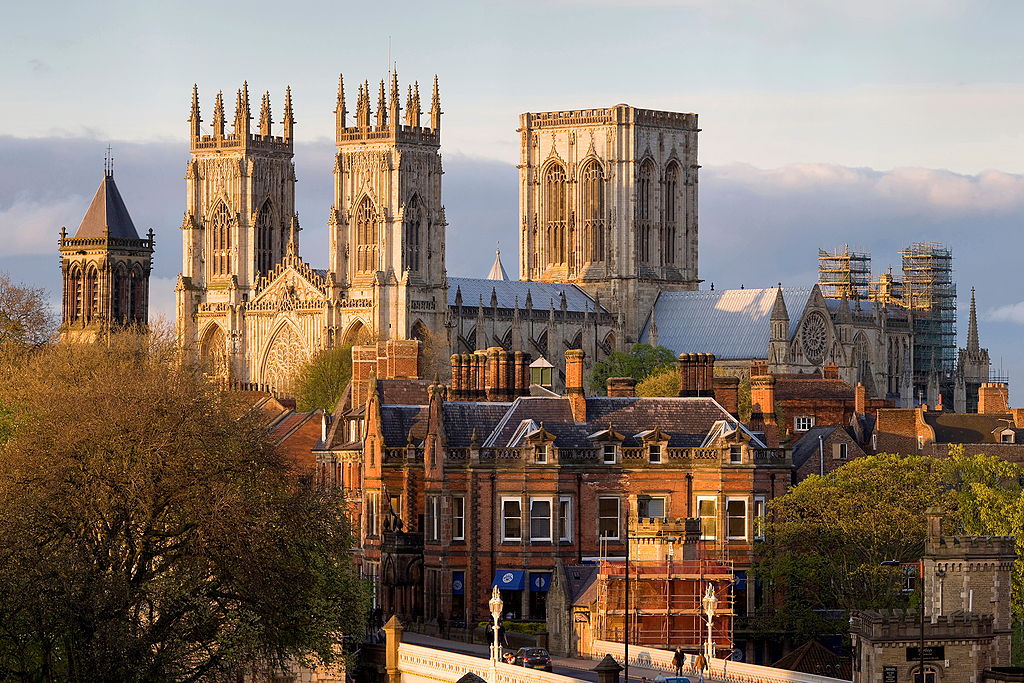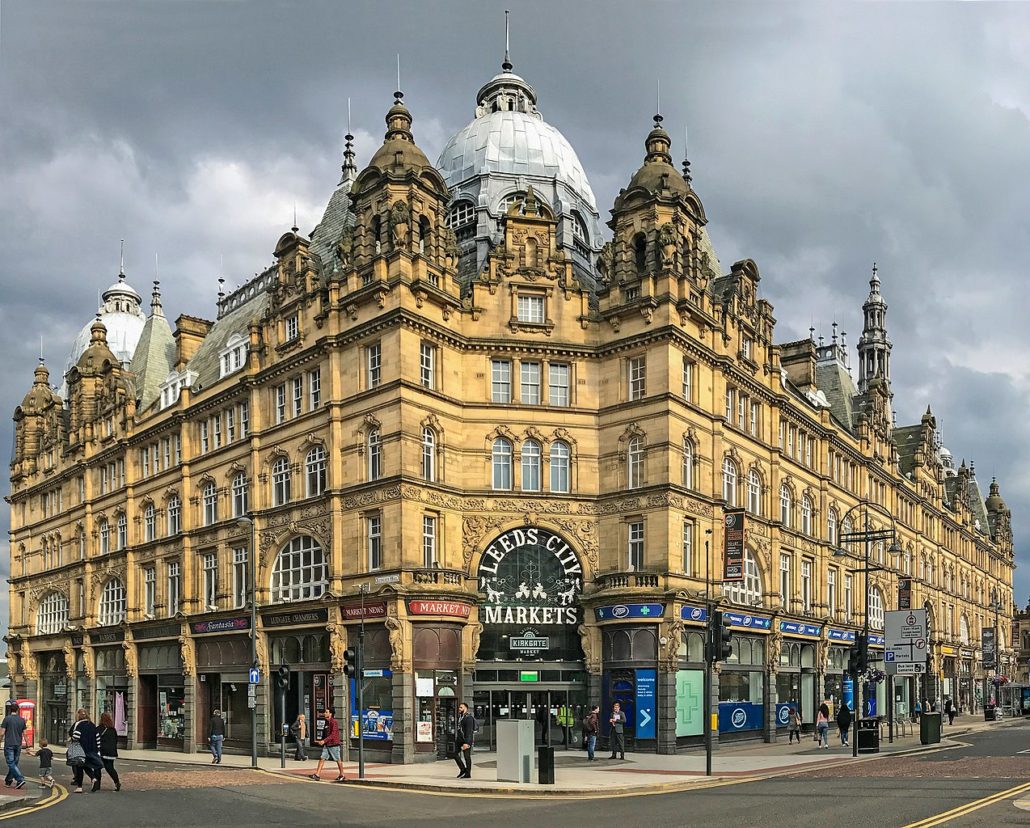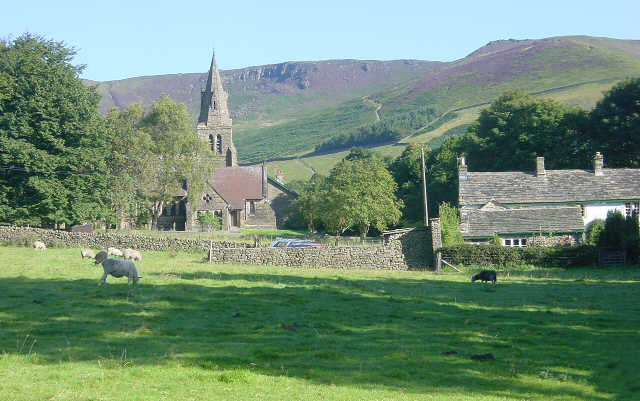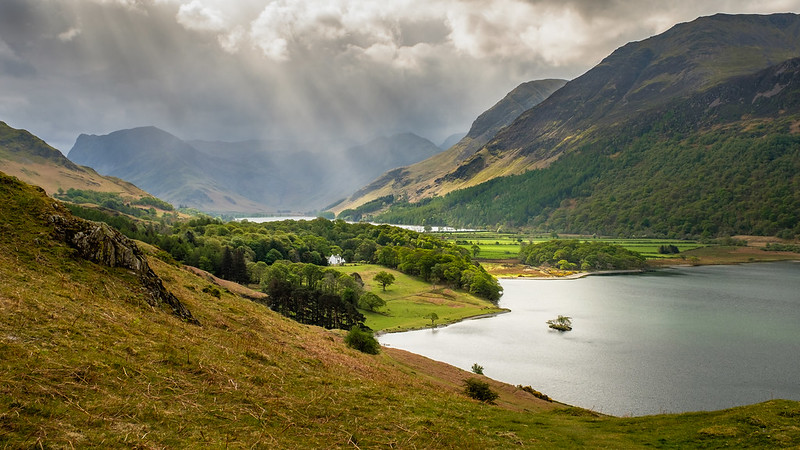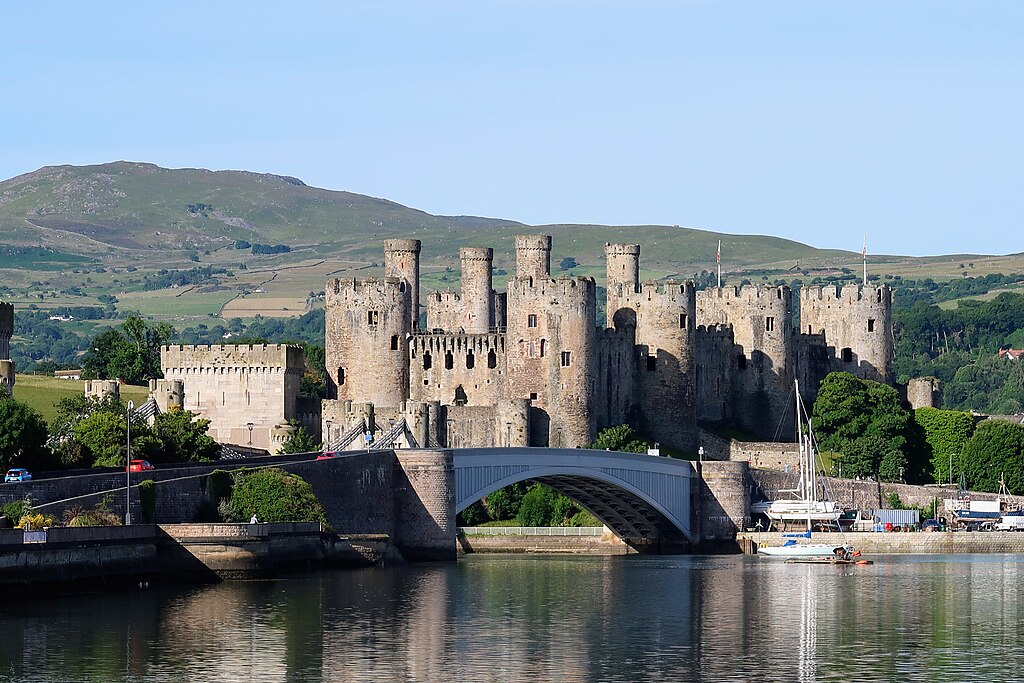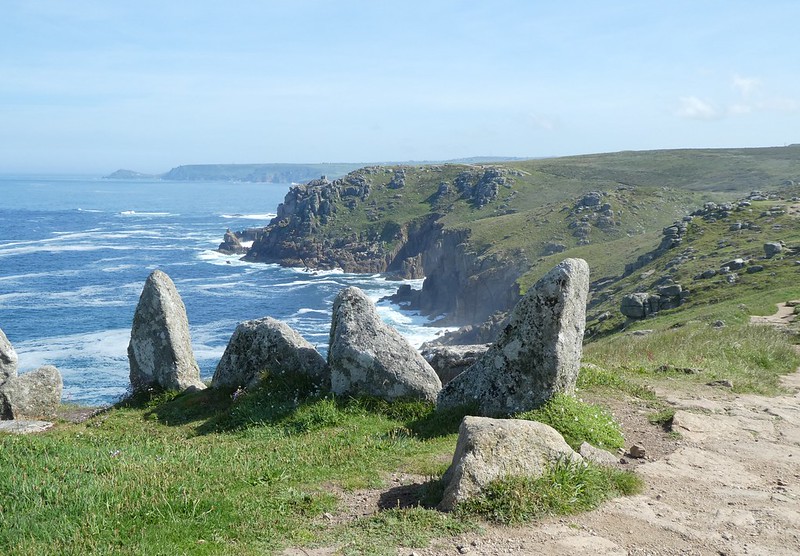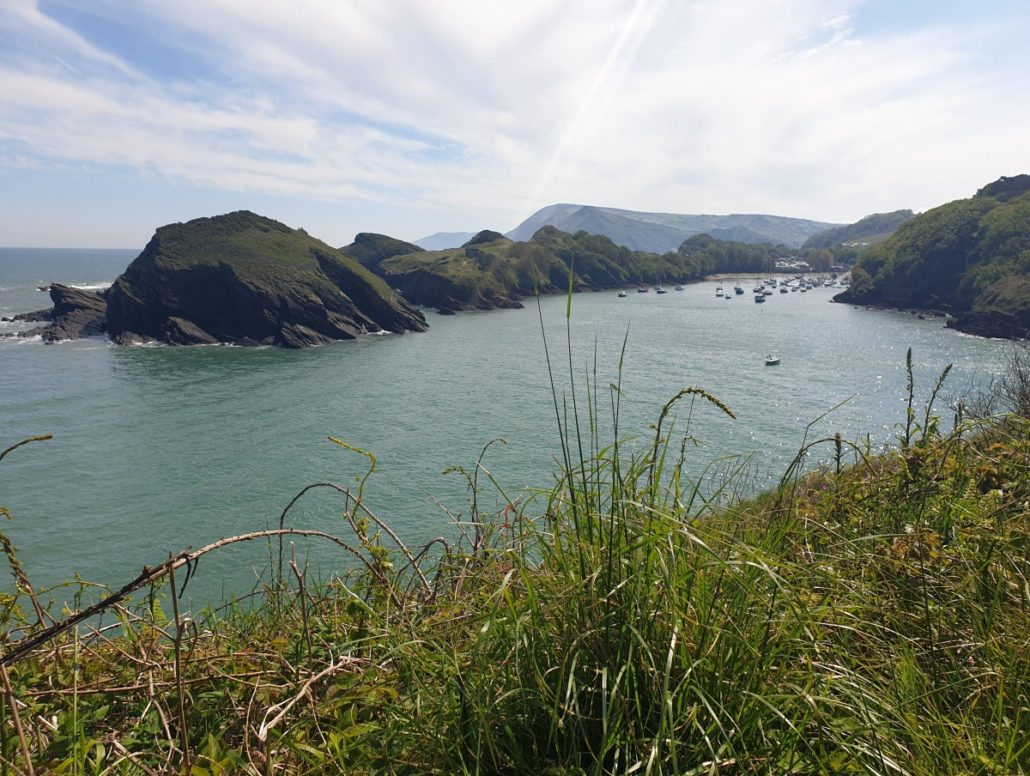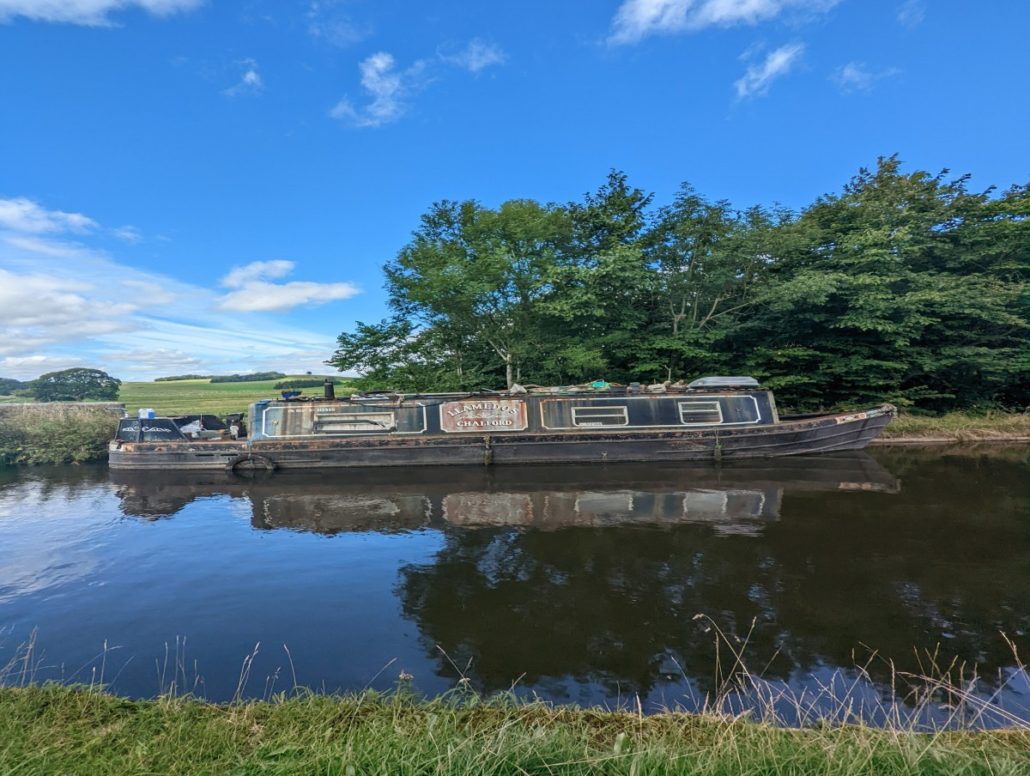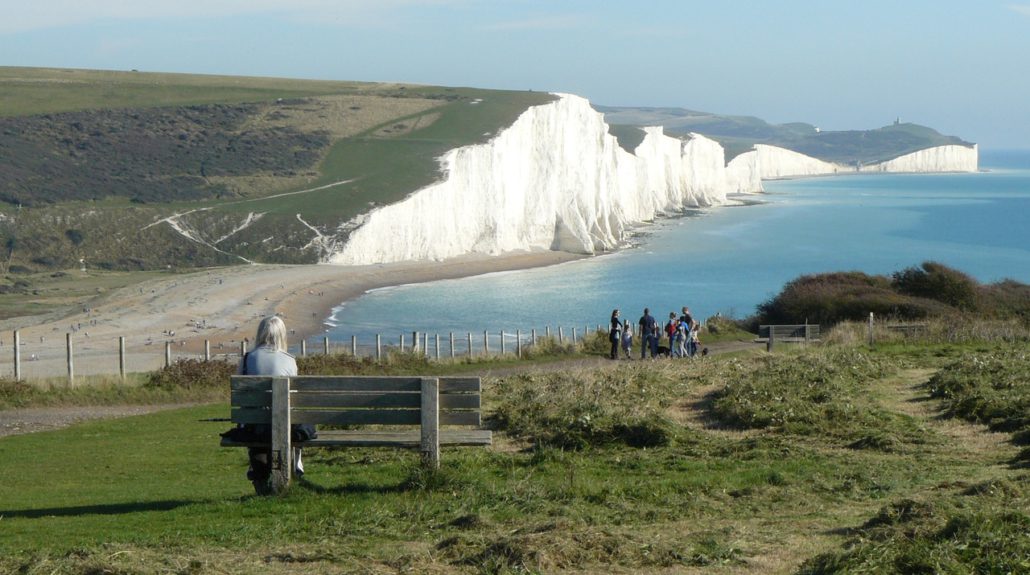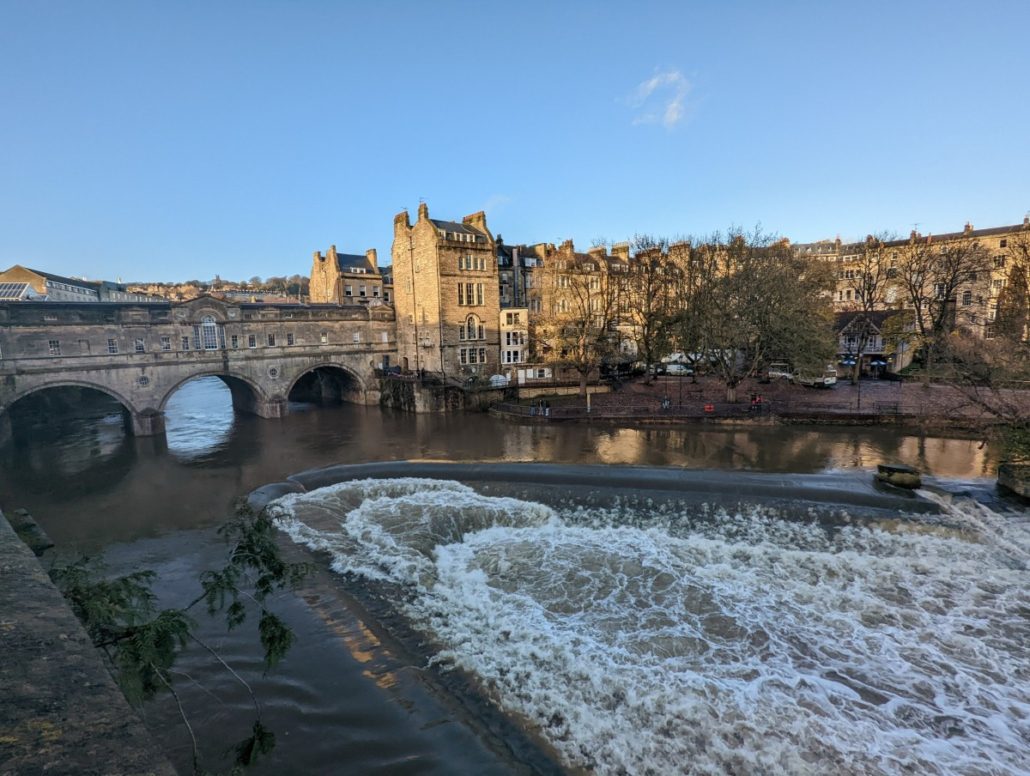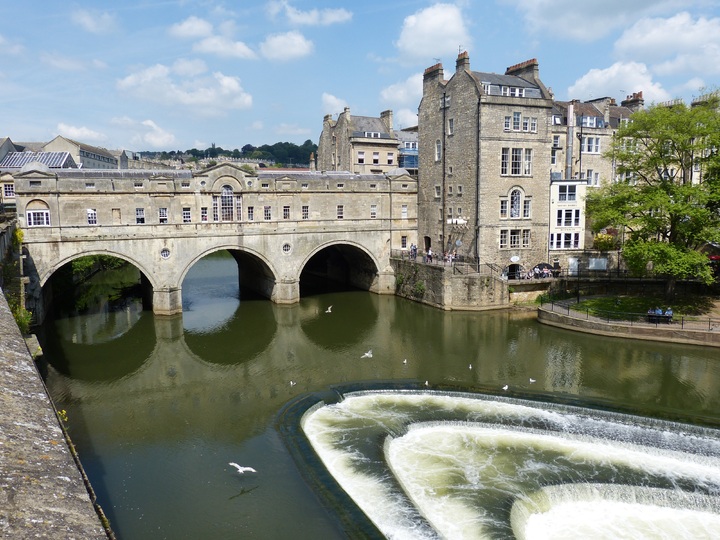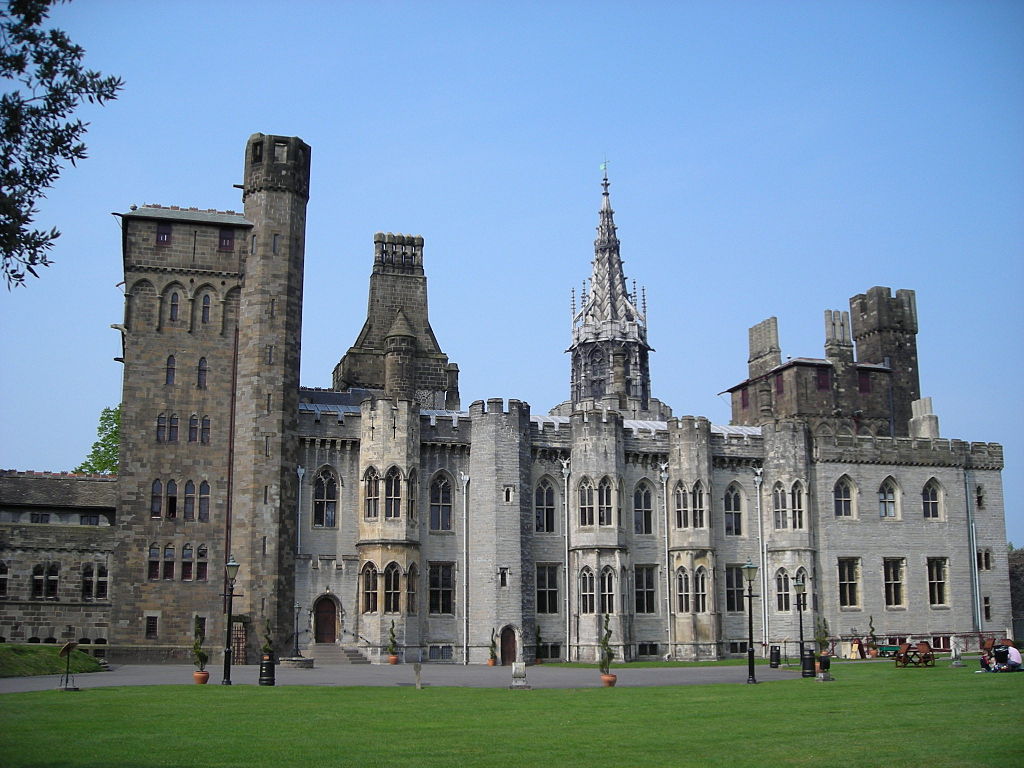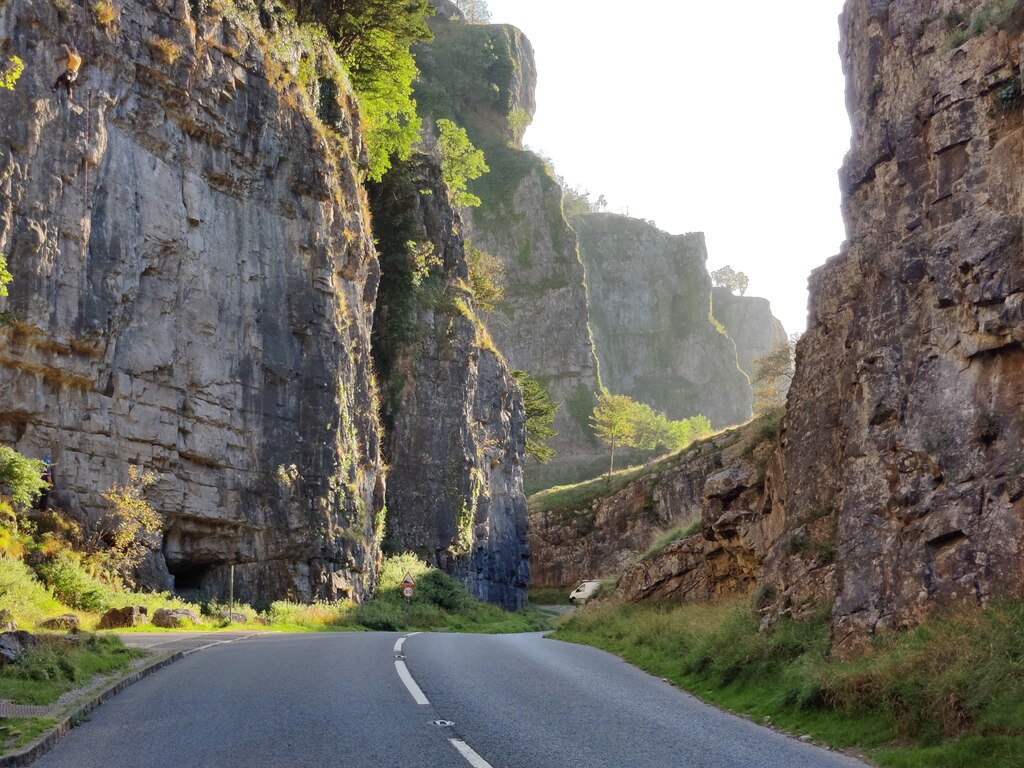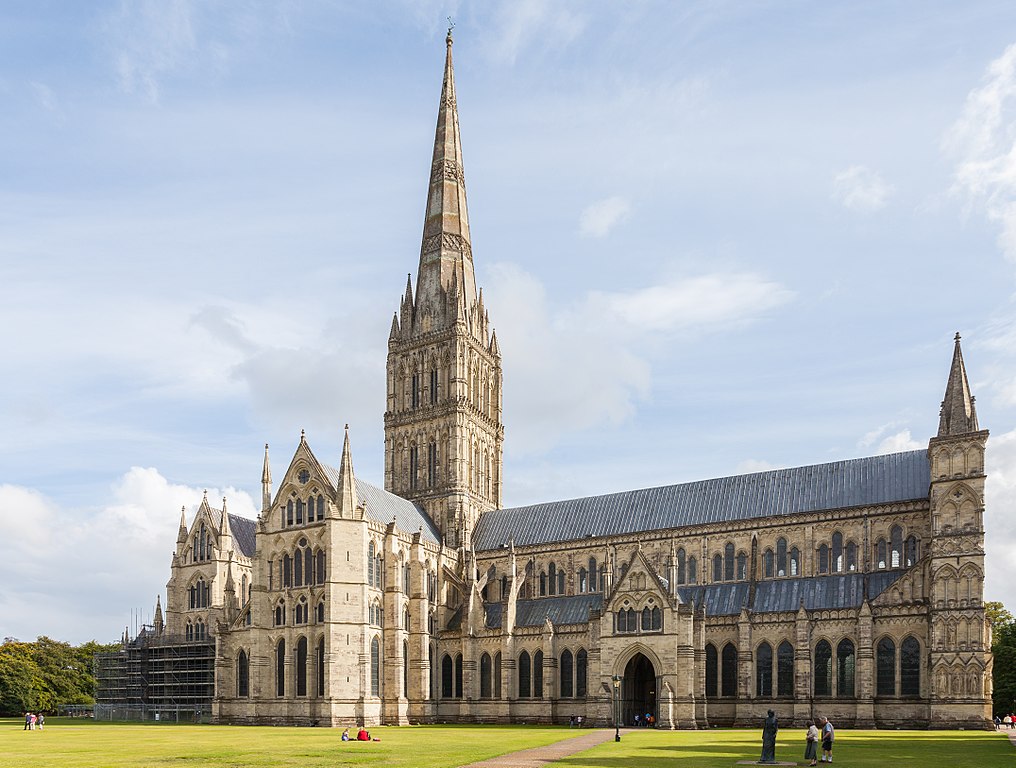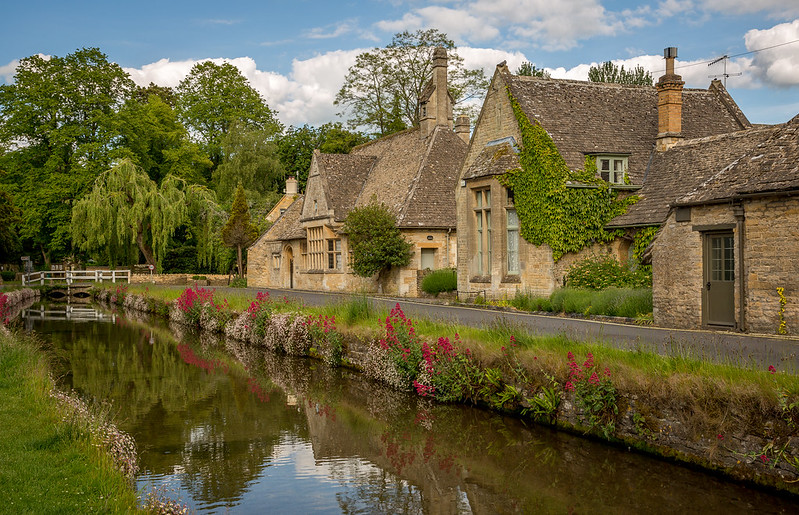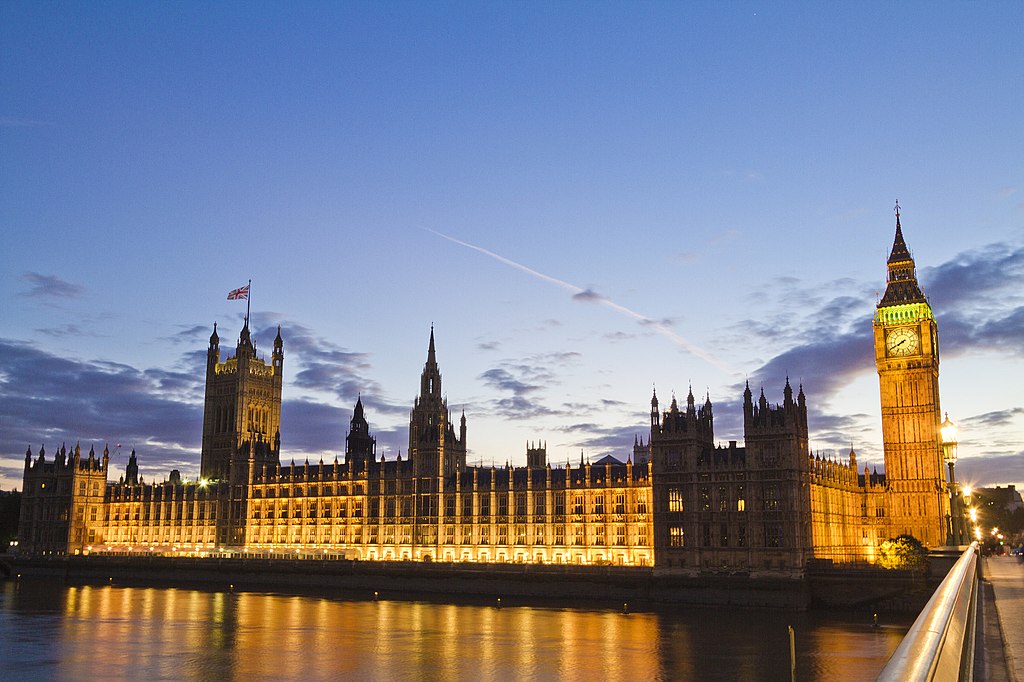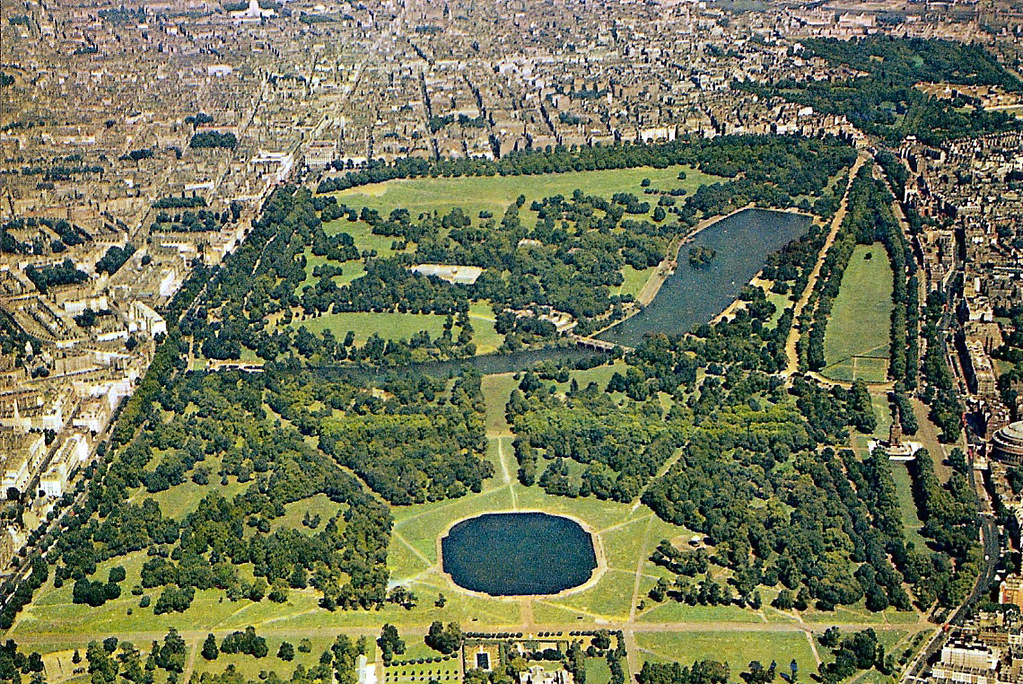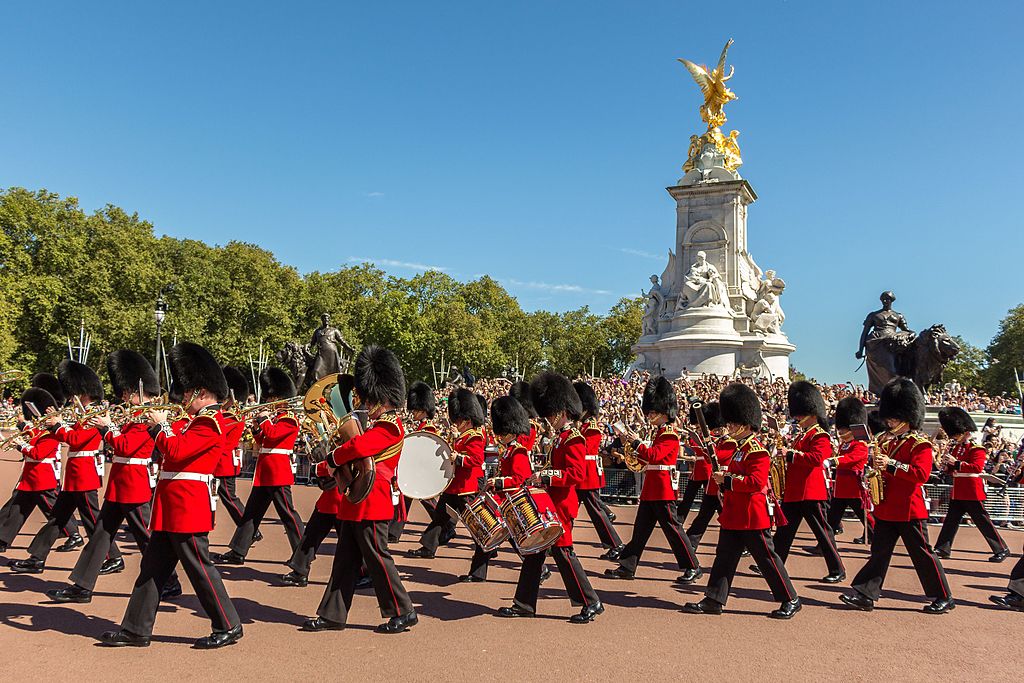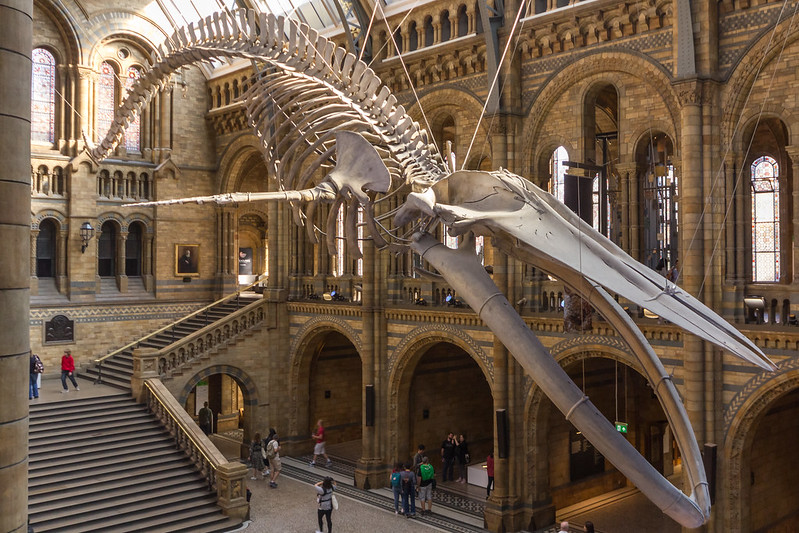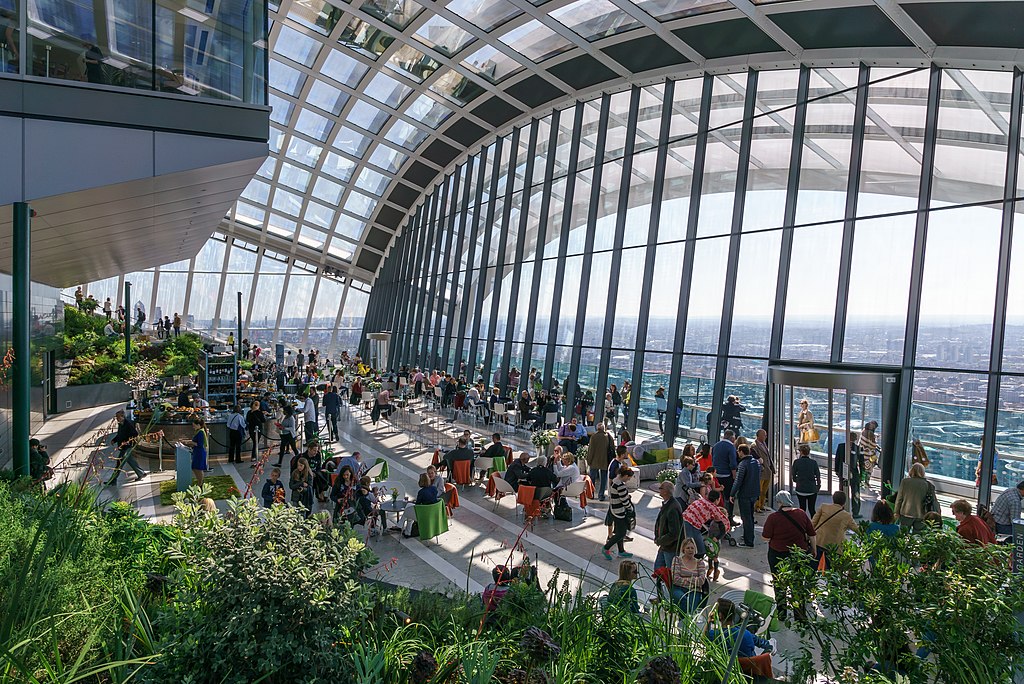Europe is a continent rich in history, captivating stories, and stunning architecture. It’s home to a plethora of palaces that transport visitors to a world of magic and wonder. Each palace has its own unique charm, whether it’s nestled amid the snow-capped mountains of Portugal or within the bustling streets of Istanbul. The good news is that many of these palaces now offer the convenience of online ticket purchases, ensuring a smooth journey. In this article, we’ll take you on a journey to discover the ten most remarkable palaces in the world, each offering a fairytale-like experience. From the opulence of the Palace of Versailles to the historical wonders of Topkapi Palace, these palaces are bound to enchant and captivate.
Palace of Versailles, France
Our fairytale journey begins with the illustrious Palace of Versailles, situated just outside of Paris, France. This UNESCO World Heritage site boasts of its stunning Hall of Mirrors, magnificent gardens, and a rich history that once housed Louis XIV, the Sun King. A visit here is a step into the extravagance of 17th-century France. To make the most of your visit, consider booking your Palace of Versailles tickets online and avoid long queues.
Topkapi Palace, Turkey
Exploring Istanbul’s Topkapi Palace is like stepping into a bygone era of Ottoman grandeur. This historical gem, once the illustrious abode of Ottoman sultans, boasts a sprawling complex adorned with opulent courtyards, extravagant chambers, and an awe-inspiring array of priceless artifacts. When planning your visit, keep in mind that Topkapi Palace ticket prices vary, with options ranging from US$15 to US$30, allowing you to tailor your experience to suit your preferences, whether you’re a history enthusiast, an architecture aficionado, or simply seeking to immerse yourself in the rich heritage of this iconic palace.
Schönbrunn Palace, Vienna, Austria
Schönbrunn Palace in Vienna, Austria, is a gateway to imperial Austria. With its stunning Baroque architecture, meticulously maintained gardens, and panoramic views from the Gloriette, it offers an unforgettable experience. Ticket prices for Schönbrunn Palace range from US$14 to US$20.
Château de Chambord, France
Nestled in the Loir-et-Cher region of France, Château de Chambord is a fairytale castle that showcases French Renaissance architecture at its finest. Its iconic double-helix staircase is a marvel to behold. Explore the vast grounds and bask in the majestic beauty of this architectural wonder. The ticket price for Château de Chambord ranges from US$14 to US$20.
Alhambra, Spain
The Alhambra, perched atop a hill in Granada, Spain, is a breathtaking Moorish palace that effortlessly transports visitors to a world of exquisite Islamic designs, tranquil courtyards, and enchanting gardens. This historical gem is a testament to the rich history and architectural brilliance of the region. To ensure a seamless and unforgettable visit to this immensely popular attraction, it is highly advisable to plan ahead and secure your Alhambra tickets online, as the demand to explore its intricate beauty is consistently high. By doing so, you’ll not only skip the potential long queues but also guarantee your entry to this mesmerizing palace, where the past comes to life in every intricate detail.
Neuschwanstein Castle, Germany
Neuschwanstein Castle, often hailed as the inspiration for Disney’s enchanting Sleeping Beauty Castle, is a true emblem of fairytale dreams. Perched amidst the breathtaking Bavarian Alps, this picturesque castle has an almost otherworldly allure that immediately captures the hearts of all who behold it. Yet, its true magic lies not only in its exterior grandeur but also in the equally magnificent interior. As you step inside, you’ll find yourself transported to a bygone era of opulence and romanticism, with lavishly decorated rooms, intricate furnishings, and awe-inspiring architectural details that complete the enchanting fairytale experience.
Catherine Palace, Russia
Located near St. Petersburg, Catherine Palace is an opulent Russian baroque-style palace that once served as the summer residence of Russian tsars. Its highlight is the legendary Amber Room, meticulously reconstructed to its former glory. Stroll through the majestic halls and gardens to experience the grandeur of imperial Russia.
Palacio Real, Madrid, Spain
The Palacio Real, nestled in the heart of Madrid, stands as a testament to Spanish royalty and grandeur. Serving as the official residence of the Spanish royal family, this magnificent palace invites visitors to explore its lavish interiors, home to an exquisite collection of art, intricate tapestries, and opulent furnishings. The Royal Armory, housing a vast array of historical armor and weaponry, offers a captivating glimpse into Spain’s martial history. Beyond its regal chambers, the expansive Plaza de Oriente, adorned with statues of Spanish monarchs, provides a picturesque setting for leisurely strolls. To ensure a seamless and hassle-free entry to this grand palace, purchasing Palacio Real tickets online is highly recommended, allowing you to immerse yourself fully in the rich heritage and elegance of Spanish royalty.
Hampton Court Palace, London, England
Hampton Court Palace, nestled near London, is a historical gem that offers a captivating journey through England’s royal history with its splendid blend of Tudor and Baroque architecture. As you explore its grand halls, meander through the vast gardens, stand in awe of the Great Hall, and perhaps even dare to venture into the eerie depths of the haunted gallery, you’ll be transported back in time to the days of kings and queens. To ensure you don’t miss out on this extraordinary experience, booking your tickets online is a wise choice, allowing you to secure your visit to this iconic palace and delve into the rich tapestry of its intriguing history.
Peterhof Palace, St. Petersburg, Russia
Also known as the “Russian Versailles,” Peterhof Palace is a grand ensemble of palaces and gardens overlooking the Gulf of Finland. The opulent Grand Cascade, with its impressive fountains, and the intricate design of the Grand Palace will leave you spellbound. Plan your visit wisely and obtain Peterhof Palace tickets online to avoid any disappointment.
The Best Palaces in the World – Final Thoughts
A journey through these ten magnificent palaces in the world offers an immersive experience into the opulent lives of monarchs and historical figures. Whether you’re captivated by the opulence of the Palace of Versailles or the enchanting gardens of Schönbrunn Palace, each visit promises to transport you to a fairytale realm. Online ticketing makes these trips even more convenient, allowing you to skip the lines and fully immerse yourself in the enchanting world of these palaces. So, pack your bags, grab your tickets, and get ready to embark on an unforgettable fairytale adventure through the world’s most captivating palaces.

